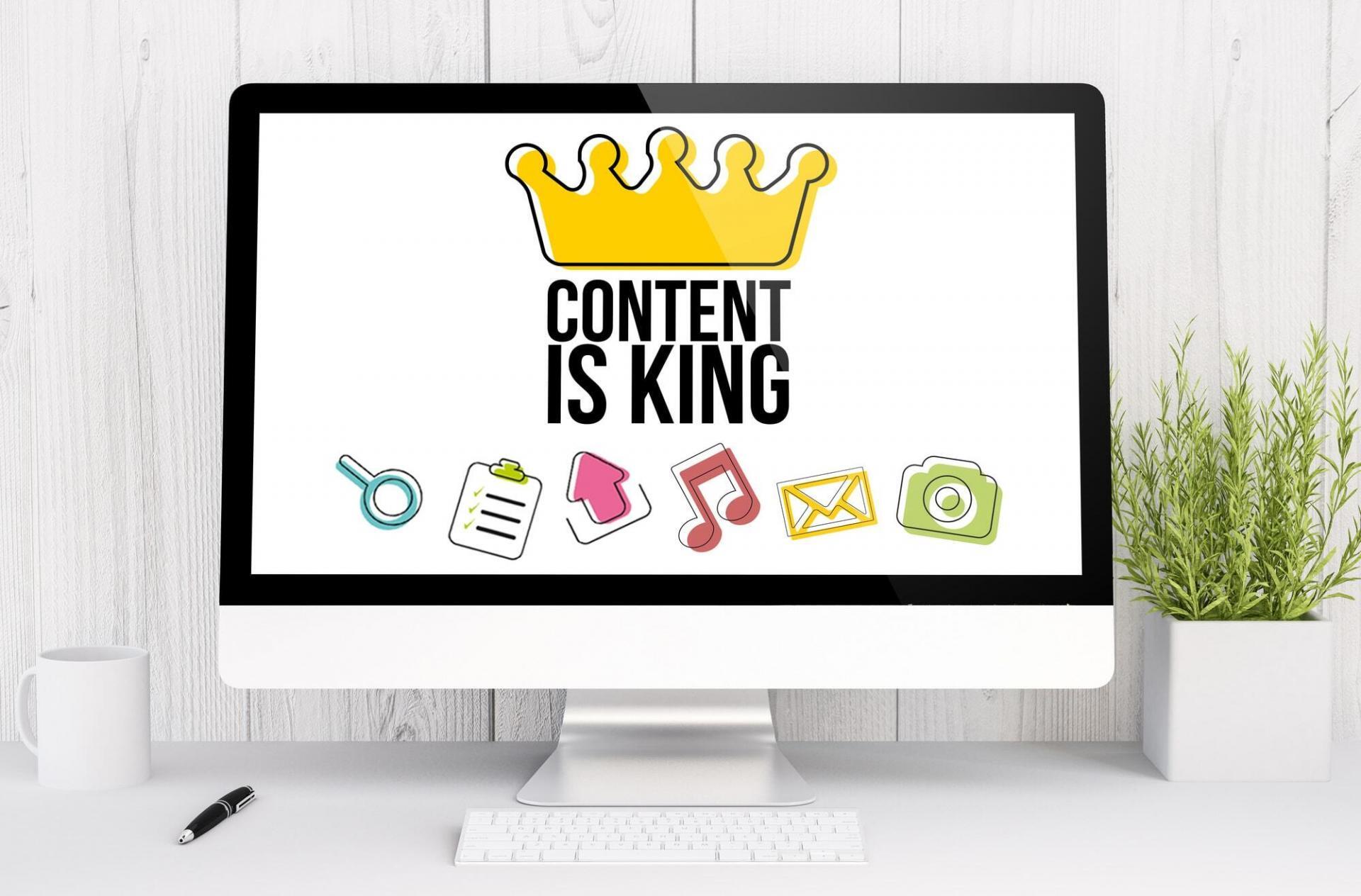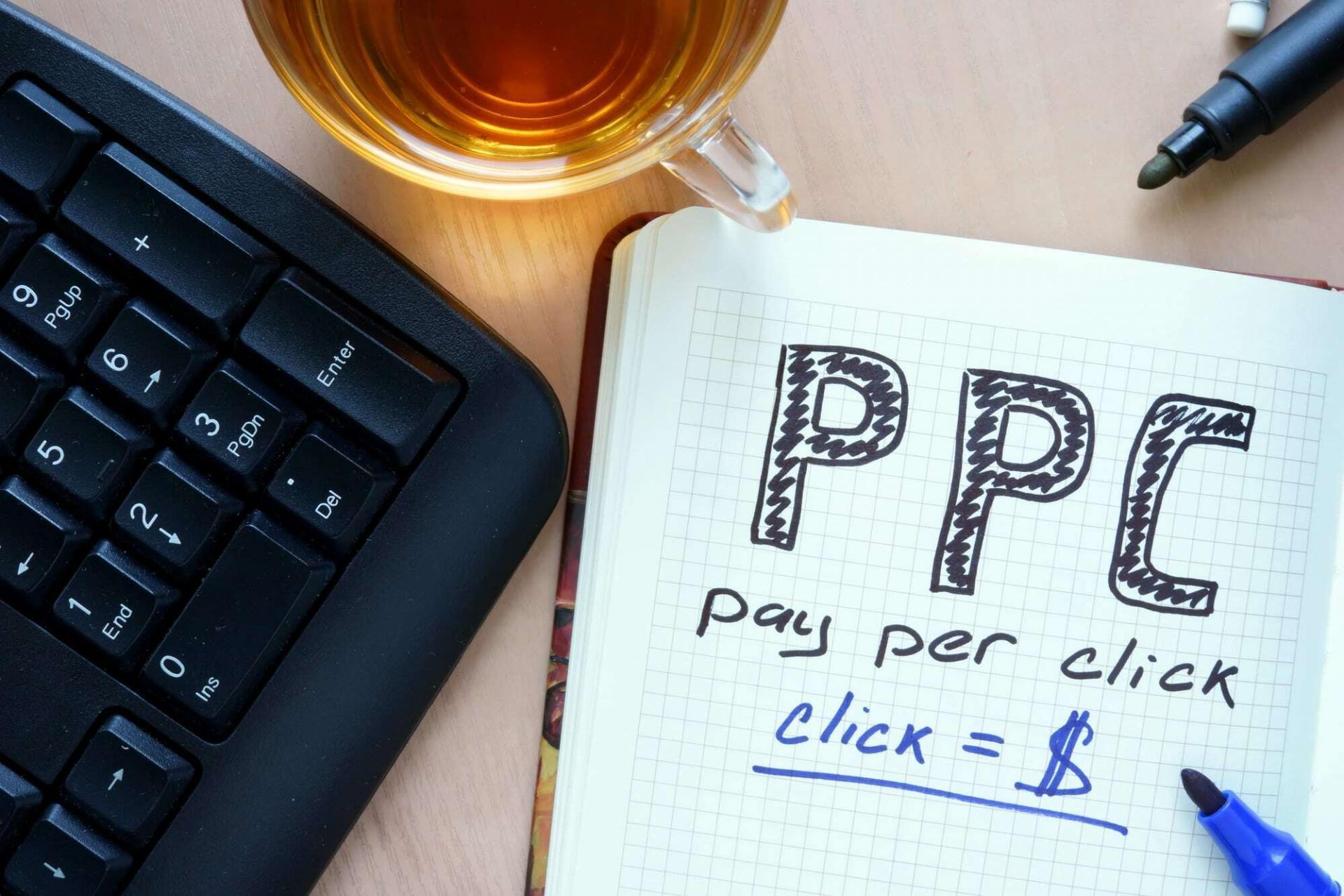Chocolate is great on its own. But when you combine chocolate with peanut butter, you have a tasty revolution.
The same is true about SEO. In fact, there are benefits of SEO and PPC all on their own. But when you combine the two, you end up with a complete marketing strategy that leads to greater searchability for search engines and your customers to find your website.
We want you to create a marketing strategy this year that helps you succeed. With that in mind, we’re sharing with you what happens when you team up SEO with PPC.
The Benefits of SEO Include PPC
SEO (search engine optimization) is used to increase your site’s organic ranking on search engines. It’s done by using targeted keywords along with high-quality content.
There are several components that help create effective SEO. And when done correctly, PPC is a part of an SEO strategy.
Let’s take a look at the components that make up an effective SEO strategy.
On-Page Optimization
Your first step is on-page optimization. This strategy involves using specific keywords in your metadata and content which allow search engines to easily crawl your site.
External Links
External links are backlinks to your site from various sources. These external sources help add relevancy and authority to your site.
PPC
Finally, there’s PPC or pay-per-click. How does PPC work? It’s a strategy businesses use where they only pay for advertising when someone clicks on a link that takes them to a specific landing page the business has set up for marketing purposes.
However, PPC is only effective when the landing page consists of relevant information that converts people into taking a specific type of action that the business wants them to take.
When done correctly, PPC is cost-effective and helps in the conversion process.
How to Combine SEO and PPC Together
One easy strategy is to modify your organic keyword strategy in order to create and optimize new content. Doing so helps you rank higher within a specific geographic location.
You’re applying exact phrases that your niche market uses that will align with their intentions.
Combining SEO and PPC also helps you adjust your PPC budget so that you’re only running ads directed at your most popular markets and during the most effective time frames. This strategy helps you to enjoy maximum profits while paying the least amount of money.
And combining the two together helps you align your PPC ads with an offline marketing schedule to maximize on public awareness and conversions.
Now let’s look at the benefits.
1. Increased Visibility
When someone performs an online search it’s not uncommon for them to find thousands of results. But between 71% and 92% of consumers are searching beyond the first page of their results.
Even results found on the second page only yield 6% of all website clicks.
By combining SEO and PPC, it adds to your site’s overall exposure on search engine results pages (SERPS). The problem is that when it starts working effectively and their website begins to rank, clients often feel they can reduce their PPC efforts.
The Top Searches Are PPC Ads
But it’s also important to remember that the top two or three results on most SERPs are actually PPC ads.
When you use both strategies together, you’ll dominate not only organically but in paid search results. Your goal is to have your company featured at the top not only for PPC reasons but because your SEO campaign is also highly effective and you’ve ranked at the top organically as well.
Using them together greatly increases your online traffic.
It also gives the impression to potential customers that your business is an established presence in a particular market.
2. Shared Keyword Data
It cannot be stressed enough the importance of using the right keywords for your campaign. That’s just as true for SEO as it is for PPC.
Keywords are used in PPC to increase relationships with your consumers who are already at least partway down your conversion funnel.
In SEO, keywords are used to determine what information you share on your website and the content you add to it. Keywords help your audience find the most relevant content on your website.
When PPC and SEO Work Together
In both PPC and SEO keywords help you align with your core audience’s online behavior, drive qualified conversions, and project traffic growth.
By sharing keyword data, you can coordinate your messages to keep your brand on the top of your customers’ minds as well as soliciting qualified conversions.
3. Testing Your Keywords with PPC
It’s not always easy to determine which keywords are most effective for your marketing campaign. One way to easily test out keywords and phrases is to use them for your PPC ads.
This way, you get immediate feedback on how effective your organic keywords are. You can easily and quickly make changes to your strategy until you find a winning combination.
4. Shared Goals and Metrics
Make sure you know how to read and understand your stats from both your PPC and SEO strategies. It will help you to understand how well your campaigns are going and you can more quickly and easily pinpoint when and where you need to change or tweak a strategy.
But it does more than that. You can use that data to support your brand’s inbound marketing campaigns.
Your Metrics Help You Achieve All Your Goals
By knowing your bounce rates, pages per session, and average session duration, you can gain tremendous insight as to how your consumers are interacting with your ads and site. You can even figure out how they behave after they leave your site.
But not only can you apply the information and insights you’ve gained to your PPC and SEO strategies, but you can also apply them to other marketing channels such as email marketing, PR, and even social media.
Don’t Treat SEO PPC as Separate Entities
The information you gather from both your SEO and PPC efforts should be shared. If you have separate departments working on these two efforts, make sure your teams share the following:
- Communication portals
- Objectives
- Reporting
Combining the two together helps increase internal awareness of key conversion opportunities.
5. Increased Social Media Visibility
$32 billion dollars were spent on social media marketing worldwide in 2017. By 2021, that figure is expected to grow to $48 billion. In 2016, the US alone spent $14.8 billion dollars alone.
Social media advertising has many advantages. For one, it’s affordable. Facebook allows you to create a marketing campaign for as little as $1 per day.
And it’s incredibly easy to create ads targeted to specific groups of people by using the social media site’s profile information of its users.
You can take that data from your campaigns to discover small details about your target audience that can help you refine and perfect your strategies.
6. Helps Negate Negative Publicity
No matter how great your products or services are not everyone will become a fan. At some point, it’s highly likely someone will say something negative about your company.
And you’ll need to do damage control. It’s a lot easier to ensure a positive outcome when you combine SEO with PPC.
That’s because you’re focusing on visibility. It’s a strategy that lets you guide the conversation effectively as you control the results from your SEO and PPC campaigns for a specific term.
Control Your Story No Matter How Bad the PR is
After the oil spill in the Gulf, BP had a lot of negative press to handle. BP paid for PPC ads that were linked to the keywords “oil spill.”
That PPC advertisement then led to a page on BP’s website that talked about the cleanup effort they were making. BP took control of where the conversation was heading.
More recently Wells Fargo dealt with a scandal involving fake accounts their employees set up to reach their quotas. Wells Fargo embarked on a huge campaign involving social media, email marketing, and PPC advertising.
It’s all focused on the messages of forgiveness and change.
Using a combination of PPC and SEO allows you to be in the driver’s seat no matter what happens.
7. Reach Previous Visitors By Remarketing Your Campaign
It’s not uncommon to have your website rank well thanks to SEO efforts. You might find your traffic numbers are high but there’s still a problem.
There are shoppers or potential leads who are taking their sweet time making up their minds. By combining SEO with a form of PPC called remarketing, you can bring back those visitors so they complete their purchase or make their conversion at a later date.
Say you sell women’s clothing on your website. Someone shops on your site and has a full cart but hasn’t yet made a purchase.
Remind Customers About Their Intended Purchase
You can then purchase ad space from a website in Google’s network. Your customers then see those ads for the same exact purchases they have in their cart at a later time.
It’s a way to remind your shoppers to come back to your site to complete their purchase. You can reach previous visitors to encourage them to finish their purchase or convert them into a lead rather than letting them forget about you and their full cart entirely.
Get Help
The benefits of SEO and PPC together are numerous. They act together as a powerful team to ensure you get and keep your customers coming back time and again.
It’s a great way to increase visibility and slay the competition. But it’s not easy to implement a strategy on your own.
We can help. Contact us and we’ll help you get started in the right direction.








